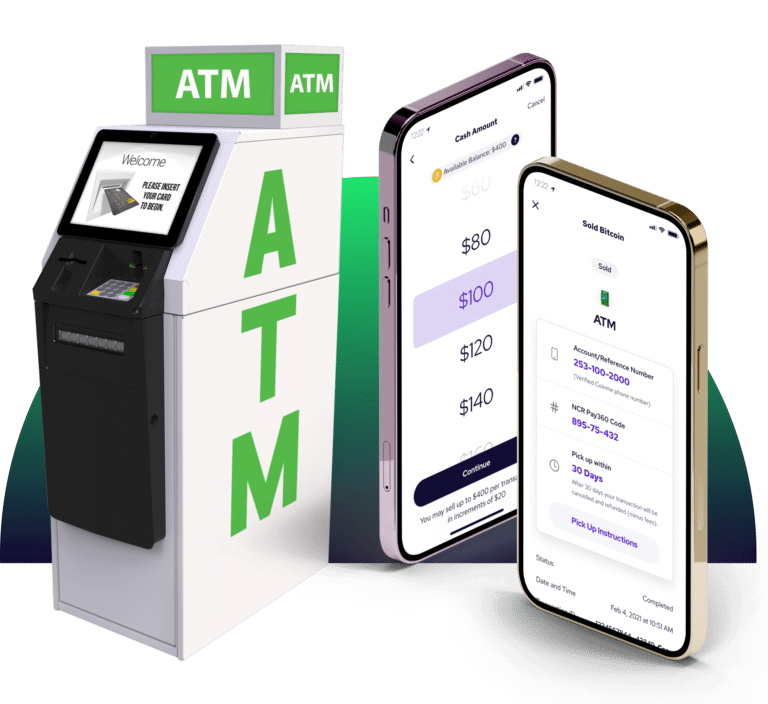You’re standing next to the Slim Jims—and suddenly, there’s Bitcoin.
It’s late. You’re in a gas station grabbing a soda, half-aware of the flickering light over aisle three. And there it is: a sleek little screen glowing like it knows something you don’t. It’s not a soda machine. It’s not a jukebox. It’s a bitcoin ATM.
Now you’re asking yourself the obvious: Wait, can I actually get cash out of this thing? Like… actual money?
Short answer: yes. Long answer? Let’s talk.
Crypto, Meet Convenience Store
The term “coins to cash” still feels like science fiction to some. But these machines have quietly popped up in thousands of corner stores, pharmacies, and shopping centers across the U.S.—and no, you don’t need a PhD in blockchain to use one.
They’re fast, mostly friendly, and often built for two purposes: buying Bitcoin or cashing it out. That second part—the “coins to cash” bit—is what’s getting traction.
Step One: Don’t Panic
Most bitcoin ATMs look deceptively simple. The screen prompts you, the instructions are in English (or Spanish), and the worst part might be… waiting. Here’s the basic flow:
- Verify your identity – Usually a phone number. Sometimes a quick ID scan.
- Send Bitcoin to the machine – Scan a QR code, hit “send” from your crypto wallet.
- Wait for blockchain confirmations – It’s like your money’s texting back “on my way.”
- Get your cash – Once verified, the ATM gives you the cold, hard proof that crypto is real.
Sound too easy? It mostly is. But yeah, bring some patience. Blockchain confirmations can take a few minutes, especially during network congestion. It’s not exactly fast food.
Fees: The Hidden Tax of Convenience
Here’s the truth nobody tells you until you’re holding your receipt and quietly doing math: the fees aren’t small. bitcoin ATMs can charge anywhere from 5% to 15% on the transaction.
Is that steep? Yes.
Is it the price of skipping complicated exchange platforms and waiting 3-5 business days? Also yes.
Who’s Using These Things? Not Just Crypto Bros
It’s not just your hoodie-wearing, Web3-tweeting cousin anymore. Bitcoin ATMs are a lifeline for:
- Gig workers who get paid in BTC
- Immigrants sending remittances
- Small business owners managing cash flow
- People who don’t (or can’t) use banks
According to the FDIC, over 20% of U.S. households are either unbanked or underbanked. For them, bitcoin ATMs offer an unlikely—but increasingly vital—financial bridge.
So yeah, while some folks are speculating on altcoins, others are just trying to get their rent money.
Regulated, Legit—And Yes, Watched
Good news: the reputable bitcoin ATMs are playing by the rules. There are companies registered with FinCEN (the people who care a lot about where your money comes from) and following “Know Your Customer” policies to prevent shady business.
Bad news: not all machines are reputable. If it looks sketchy, don’t force it. And if a machine doesn’t explain how much it’ll charge you? Walk away. You’re not in a sci-fi thriller. You don’t owe the machine anything.
So—Should You Try It?
If you have Bitcoin and want to turn it into actual dollars—yes, a bitcoin ATM works. If you want the best exchange rate with zero fees? This probably isn’t your move.
But if you want simplicity, immediacy, and the thrill of turning invisible money into crinkled money? It’s kind of satisfying.
Final Thought: The Old Meets the New (Next to the Red Bull)
There’s something poetic about standing in a 7-Eleven, cashing out Bitcoin next to a guy buying lottery tickets. Two versions of risk, two very different vibes.
Welcome to the strange, beautiful overlap of the digital economy and real-world grit.
Coins to cash? It’s not just possible. It’s probably closer than your nearest bank.
